Flood damage to Plasterboard
Since the severe flash flooding that occurred across Auckland on January 27, 2023, and the more recent weather events in 2024, I have been asked several times about the durability of plasterboard. As such, I have written this article to provide some insight into the matter. In New Zealand, there are several different types of plasterboard available, with the most commonly used being GIB, as well as other brands such as Elephant Board and ProRoc. Each of these brands typically includes a bracing sheet, fire sheet, and waterproof bathroom sheet of plaster, providing different levels of durability and functionality for various applications.

As a homeowner, the damage caused by water and flooding to plasterboard walls is a matter of great concern. It is imperative to take prompt action to remediate the situation, as the ingress of moisture can have a detrimental impact on the structural integrity of the walls. The nature of the water source, the duration of exposure, and the levels of moisture present in the affected areas, are all critical determinants in determining the appropriate course of action.
In the event that the water source is contaminated, for example, from a sewage source or a creek, the plasterboard must be replaced, as the presence of harmful substances may pose a health risk to the occupants of the home. Additionally, if there is evidence of mold growth on the affected plasterboard, it is advisable to replace the material, as it is difficult to completely dry the layers and the growth of mold may pose a threat, particularly to those with respiratory conditions such as asthma or allergies.
The first 24 hours following a water event are crucial in initiating the drying process. If the insulation in the walls is also wet, this presents a significant challenge as it is extremely difficult to completely dry the material. The presence of wet insulation provides a conducive environment for the growth of mold, hence, the plasterboard must be removed expeditiously to enable the framing to dry out.
The use of a moisture meter, such as the Trotec T660, is recommended to assess the extent of moisture in the affected area. A moisture reading in excess of 80 may compromise the adhesion of the plasterboard, and it is advisable to cut away 300mm from the affected plasterboard. In the case of flood damage from hot water cylinders or low-level floods, it is recommended to cut 600mm above floor level, remove the plasterboard and insulation, to facilitate the drying of the framing.
According to the National Emergency Management Agency, floodwater can result in an unhealthy living environment, and if the affected areas are wet for more than two days, mold growth is likely to occur. Mold can be hazardous, especially to individuals with respiratory problems such as asthma or allergies.
The prompt resolution of water damage or flooding to plasterboard walls is crucial to maintain the structural integrity and safety of the home. It is imperative to take into consideration the type of water, the duration of exposure, and the moisture levels in the affected areas to determine the appropriate course of action. It is advisable to seek professional advice if unsure, as taking the right steps to address the issue is vital in safeguarding the health and safety of the occupants.
Understanding Plasterboard Damage
When floodwaters enter buildings, it is likely that internal wall linings, such as plasterboard, will need to be partially or completely replaced. Damage to plasterboard may indicate damage to other building elements behind wall linings, such as insulation, wiring, building paper, cavities, or connections. Therefore, it is crucial to inspect these elements to ensure they remain undamaged and fit for purpose before replacing plasterboard linings.
Health and Safety Considerations
The damage to plasterboard can significantly impact the safety of the home and the health of its occupants. The moisture content of timber framing must be below 20 percent before plasterboard is replaced to reduce future risks of mold growth, timber decay, and damage to fasteners and fixings. Some manufacturers may recommend an even lower moisture content of 18 percent or less.
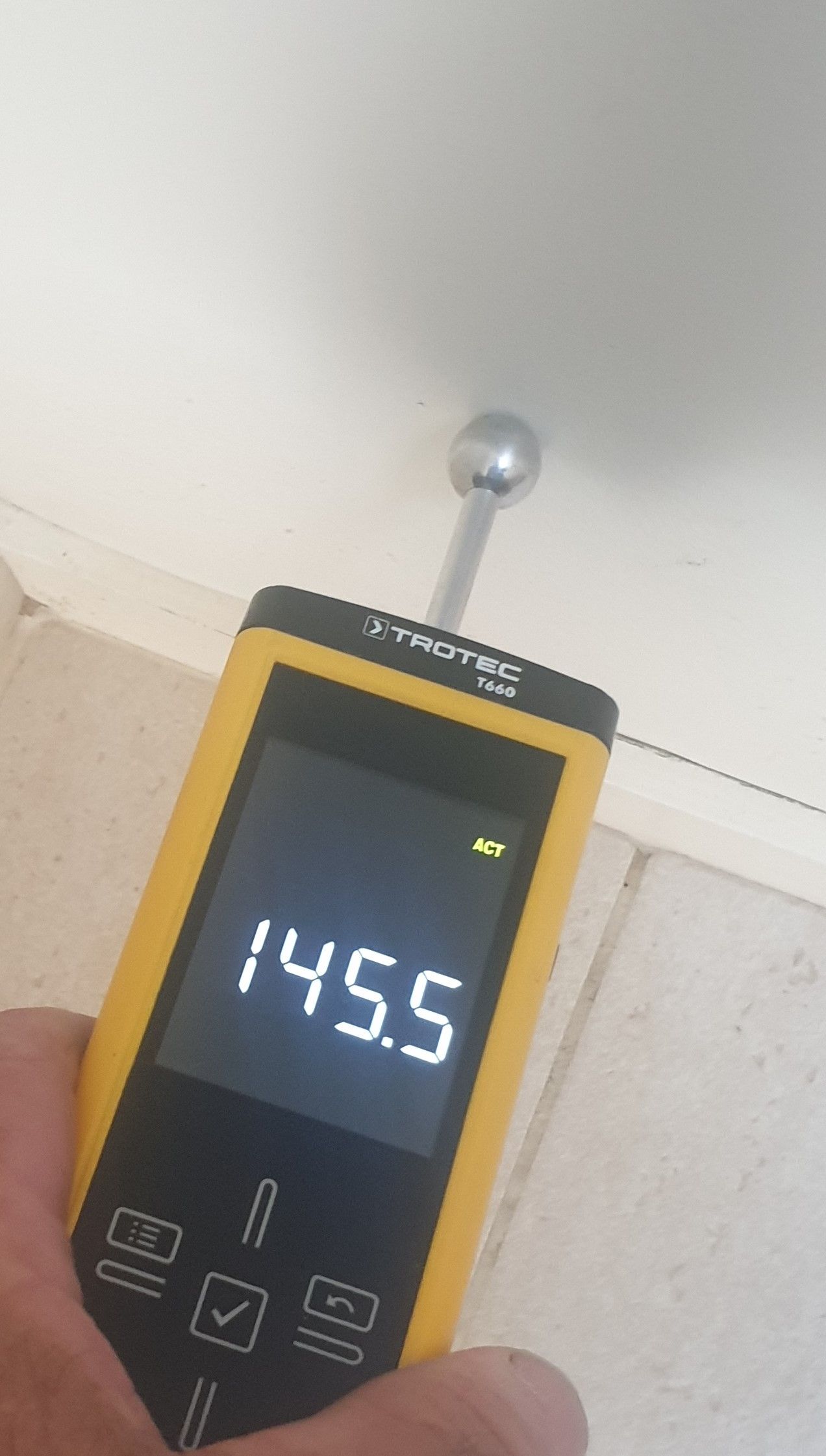
Step 1:
After a flood or water ingress, it's important to check the moisture levels in the plasterboard. Using a Trotec T660 Moisture Meter, any moisture readings over 100 can jeopardize the bonding ability of plasterboard. If such readings are found, the affected plasterboard will need to be replaced A minimum of 300mm away from the high moisture reading. This normally works out approximately 600 mm from the floor level unless the water level was extremely high.
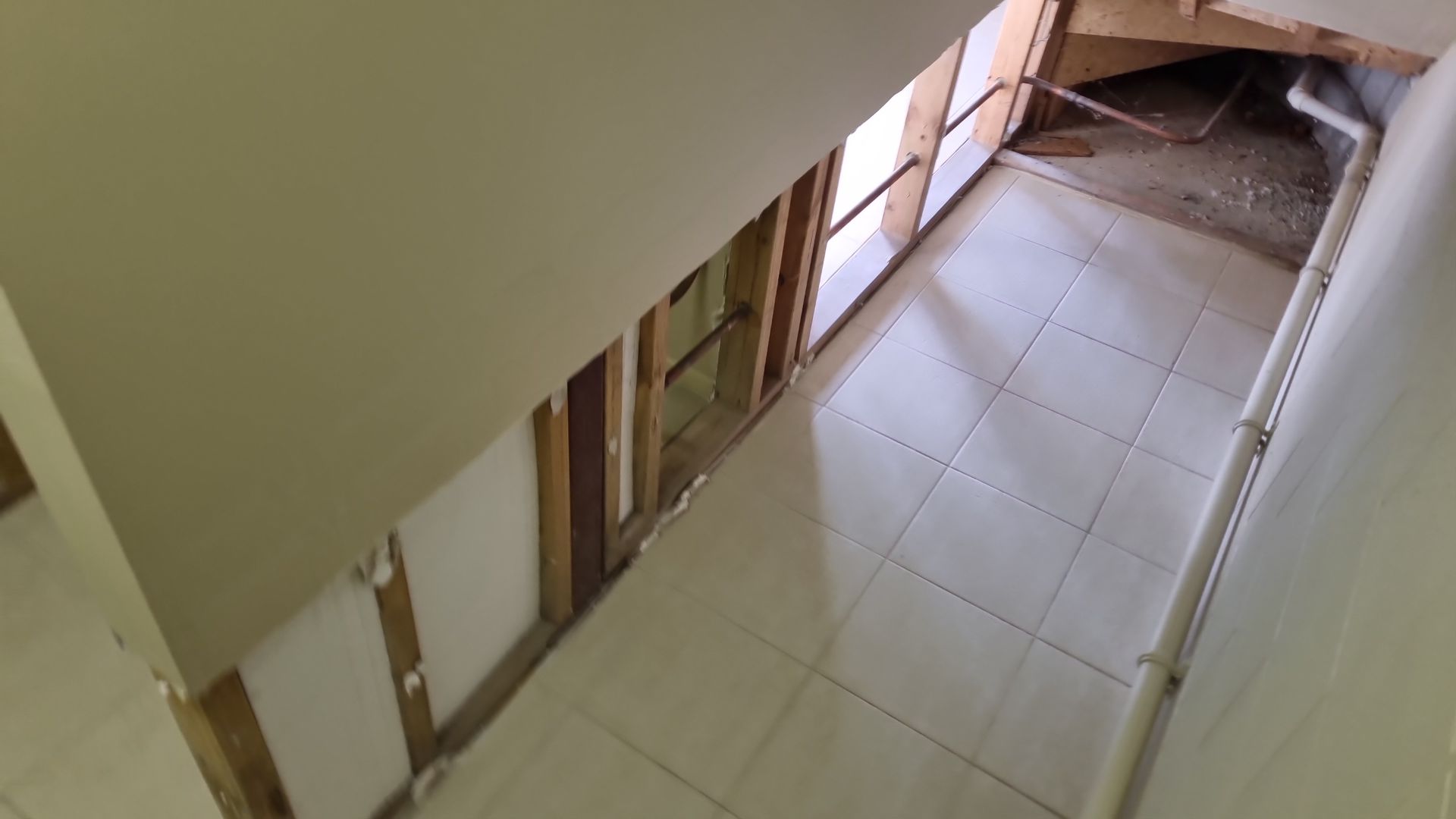
Step 2:
The next step is to remove the damaged plasterboard and insulation from the affected area, exposing the frames. Wet insulation is a breeding ground for mold and should be discarded.
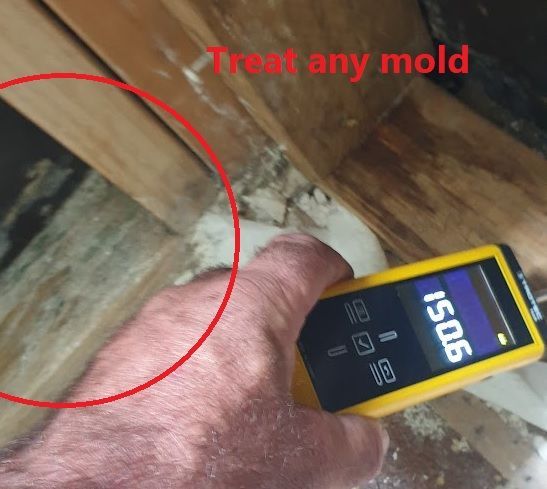
Step 3:
Treat any mold with a specially designed product that can clean mold and mildew and kill their sporesraph
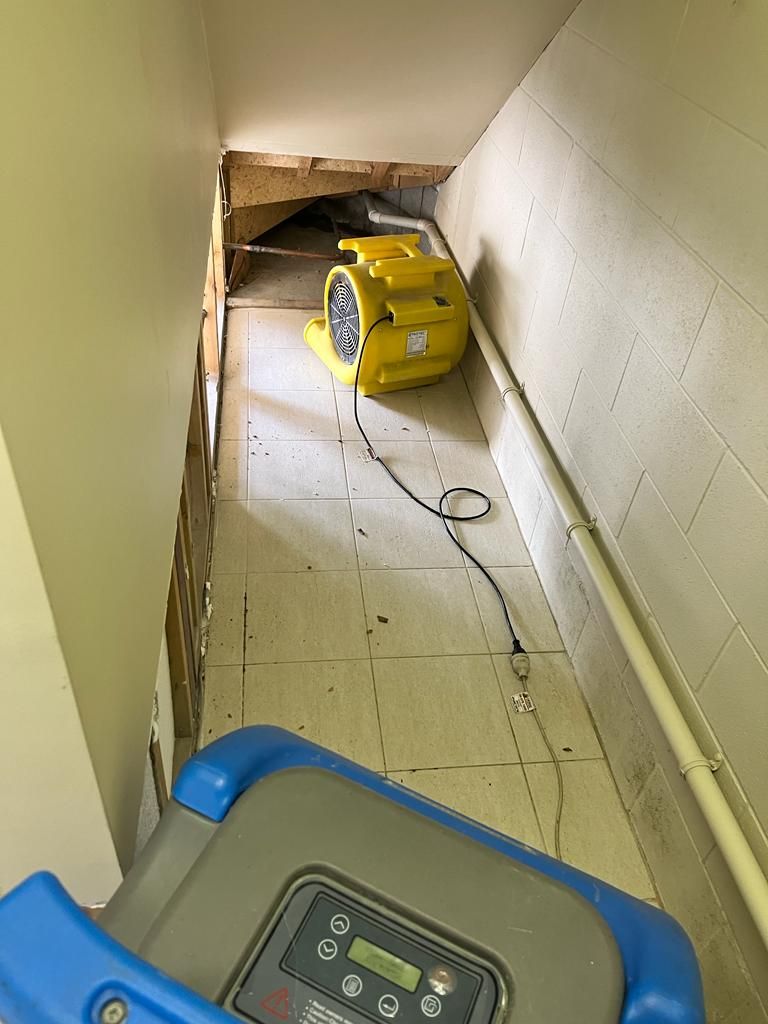
Step 4:
Install dehumidifiers and air movers to help speed up the drying process. Check moisture readings every 2 to 3 days until the framing has come to an acceptable level.

Once the framing is dry, you are ready to begin reinstatement work. This involves installing new plasterboard, insulation, plastering, and painting, as well as installing new skirting boards.
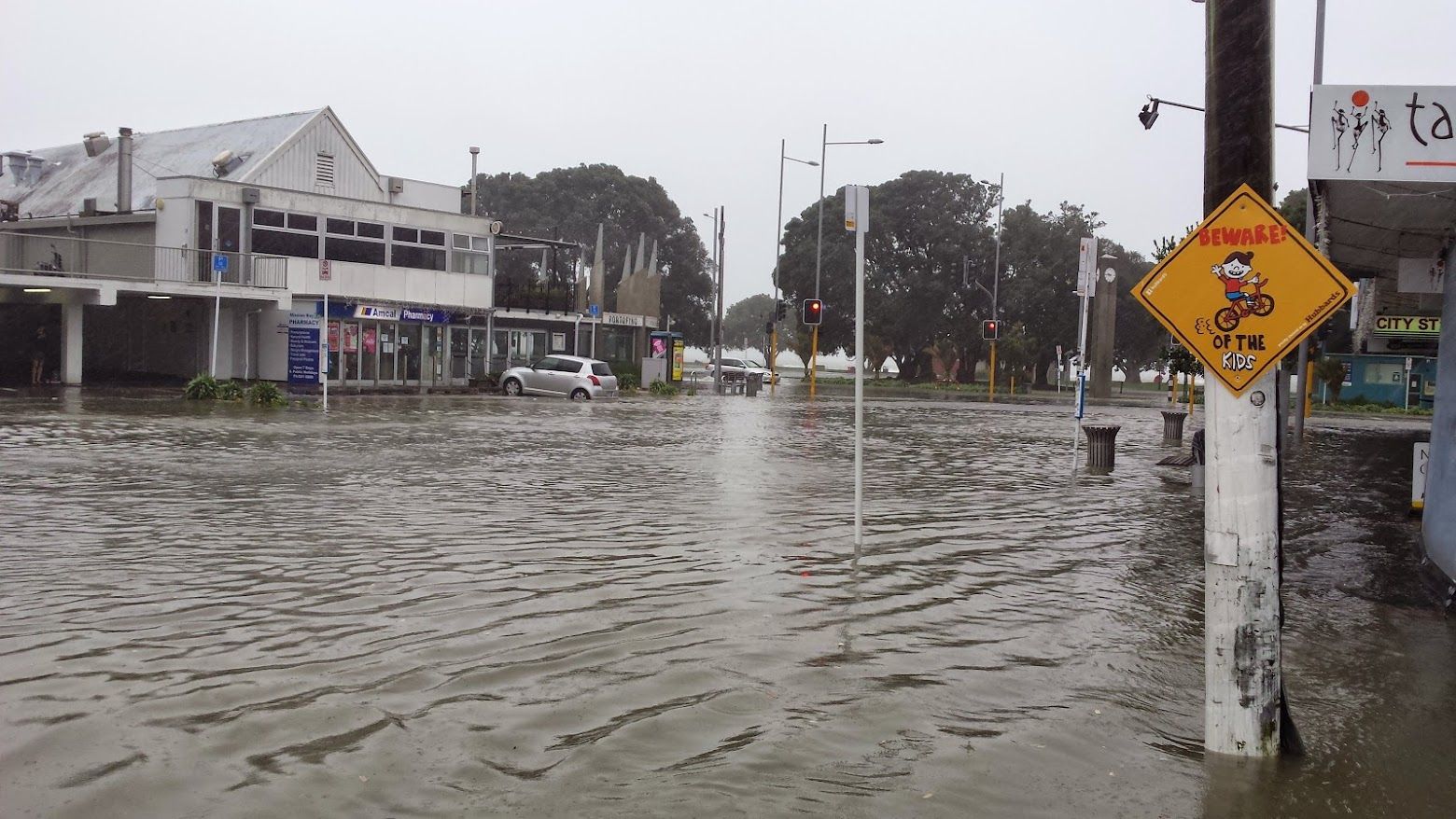
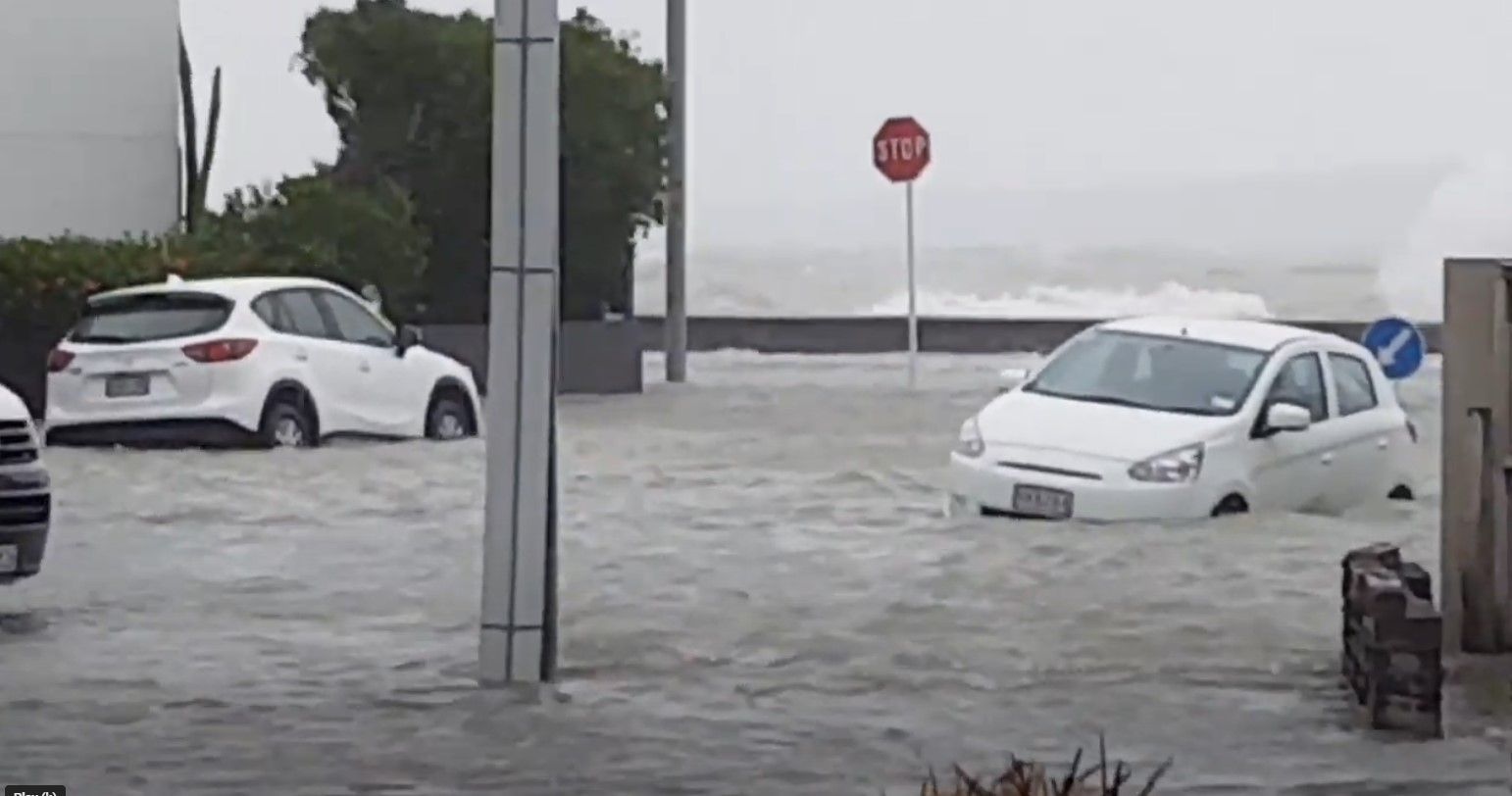
Treating Plasterboard Exposed to Grey Water
Grey Water: Grey water refers to wastewater generated from household activities such as laundry, dishwashing, and bathing. It does not contain significant contaminants and is generally considered less hazardous than black water. But does come with its own health risks and needs to be treated appropriately
- Initial Removal: Remove the affected plasterboard and insulation immediately to prevent mold growth. Cut at least 300mm above the highest water level.
- Cleaning and Disinfection: Clean the exposed framing and any other affected areas with a disinfectant solution designed to kill bacteria and prevent mold growth. Ensure that all surfaces are thoroughly scrubbed and rinsed.
- Drying: Use dehumidifiers and air movers to dry the area completely. Monitor the moisture levels until they reach a safe level for reconstruction.
- Replacement: Once dry, replace the insulation and plasterboard, ensuring all materials are dry and free from contamination before installation.
Treating Plasterboard Exposed to Black Water
Black Water: Black water is wastewater that contains human waste, including water from toilets and sewage systems. It is highly contaminated with pathogens and poses significant health risks, requiring careful handling and disposal.
- Immediate Action: Due to the high risk of contamination, any plasterboard, insulation, or other materials that have come into contact with black water must be removed and disposed of safely. Cut at least 300mm above the highest water level to ensure all contaminated material is removed.
- Safety Precautions: Wear appropriate personal protective equipment (PPE) including gloves, masks, and eye protection during the removal process to avoid exposure to harmful pathogens.
- Disinfection Process: Thoroughly disinfect all exposed framing, flooring, and any other affected areas with a strong disinfectant solution. Use products specifically designed to kill bacteria, viruses, and mold spores.
- Extended Drying: Use industrial-grade dehumidifiers and air movers to ensure the area is completely dried. Continue monitoring moisture levels and repeat disinfection if necessary until all signs of contamination are eliminated.
- Professional Assessment: Given the health risks associated with black water, it is advisable to consult with a professional remediation service to ensure all contaminants are effectively removed and the area is safe for reconstruction.
- Replacement and Restoration: After ensuring the area is dry and decontaminated, proceed with replacing the insulation and plasterboard. Use new, uncontaminated materials to restore the affected areas.
Professional Guidance and Precautions
Addressing damaged plasterboard promptly after an event prevents detrimental effects to the structural integrity and safety of buildings. Consult with your local council or a building professional before reoccupying a flood-damaged home. If significant sections of wall lining, greater than 50% of the individual wall length, need to be removed due to flood damage, you will likely need some form of temporary bracing to be installed, such as timber cross-braces.
If you are unsure, it is safer to treat all plasterboard wall linings as if they are bracing elements and take appropriate precautions. Gypsum plasterboard exposed to grey, waste, or flood water containing contaminants is not salvageable and must be replaced. As a minimum, remove and replace any wet plasterboard on walls to a minimum of 300mm above the high-water line.
The prompt resolution of water damage or flooding to plasterboard walls is crucial to maintaining the structural integrity and safety of the home. Taking into consideration the type of water, the duration of exposure, and the moisture levels in the affected areas is essential in determining the appropriate course of action. If unsure, seek professional advice to ensure the right steps are taken to safeguard the health and safety of the occupants.
Article by Geoffrey Budge


